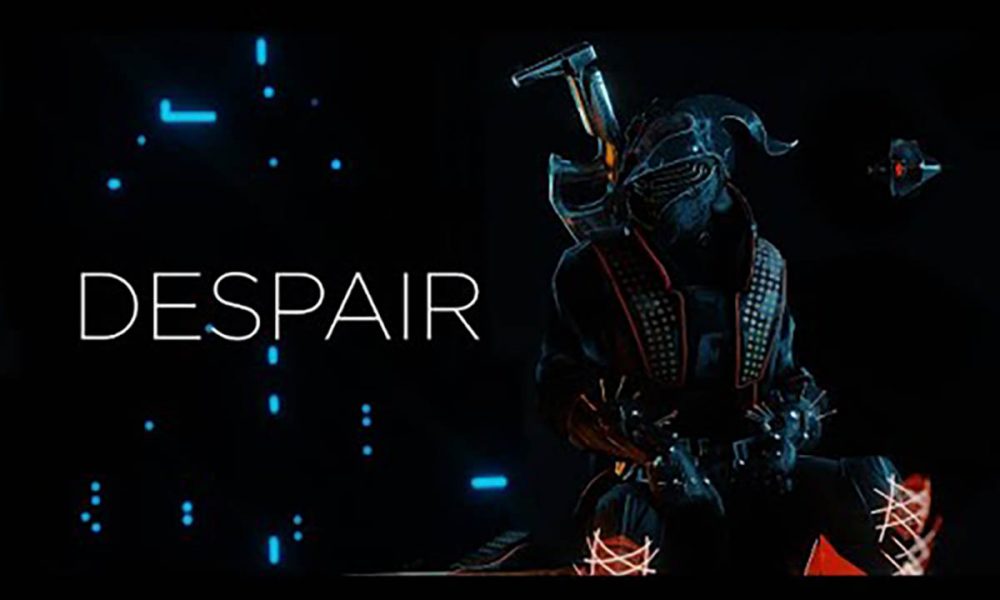

Both artists speak for the disruption of destinies through death, dispossession and displacement. This implication of what may remain post-apocalypse was similarly investigated using neon through the Philip K Dick inspired Blade Runner films. In both artworks, the deployment of text as media imbues a sense of disembodiment to the affectingly explicit material, a spirituality born of extrication from the material in the former, and symbolically engaging electrical lighting as ephemera in the latter. The preceding lines of the poem, as translated to English, include, ‘As you draw water from the well and make tea…’

His witnessing of their application as graffiti in Iran ‘during a period of civil unrest’ was the inspiration for the installation. The translation of the words and title of the artwork, Doesn’t it taste of blood? (2020), is appropriated from his own poetry.

The words include, ‘26,171 bombs on brown bodies, on our trees and animals and homes’.Ī similarly timeless testimony is offered by Afghan-born artist Elyas Alavi through a line of his poetry in neon script ‘هل0 طعمها الدم’. Written in English in the first person and directly addressing readers, this contemplation on colossal and callous destruction in the Middle East at the hands of US forces appears to scroll onto the museum floor like the opening text of a Star Wars film. Among the first artworks audiences encounter is Do Not Rush (2017), a poem by second generation Australian artist, born to Lebanese and Turkish migrants, Omar J Sakr.


 0 kommentar(er)
0 kommentar(er)
